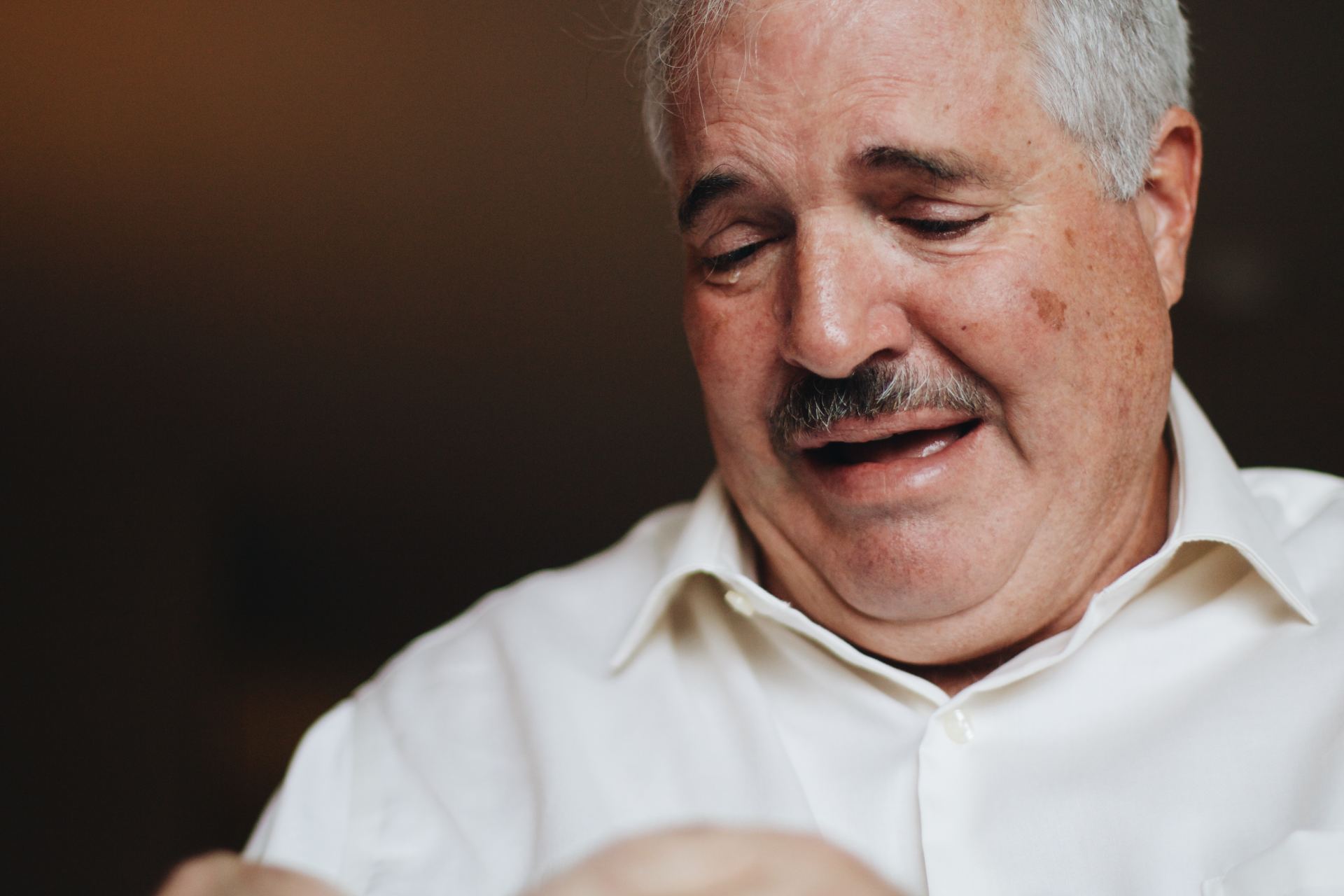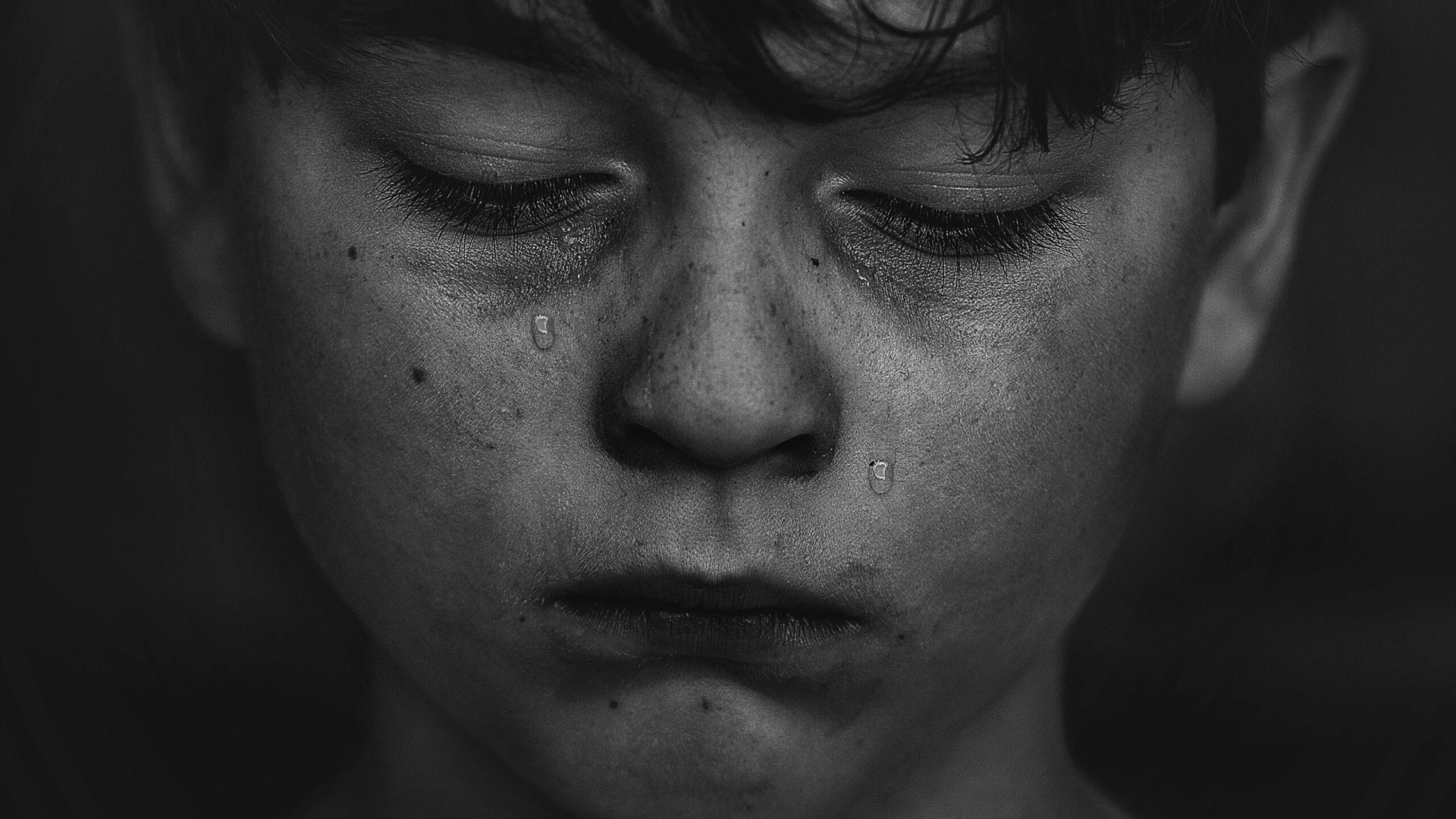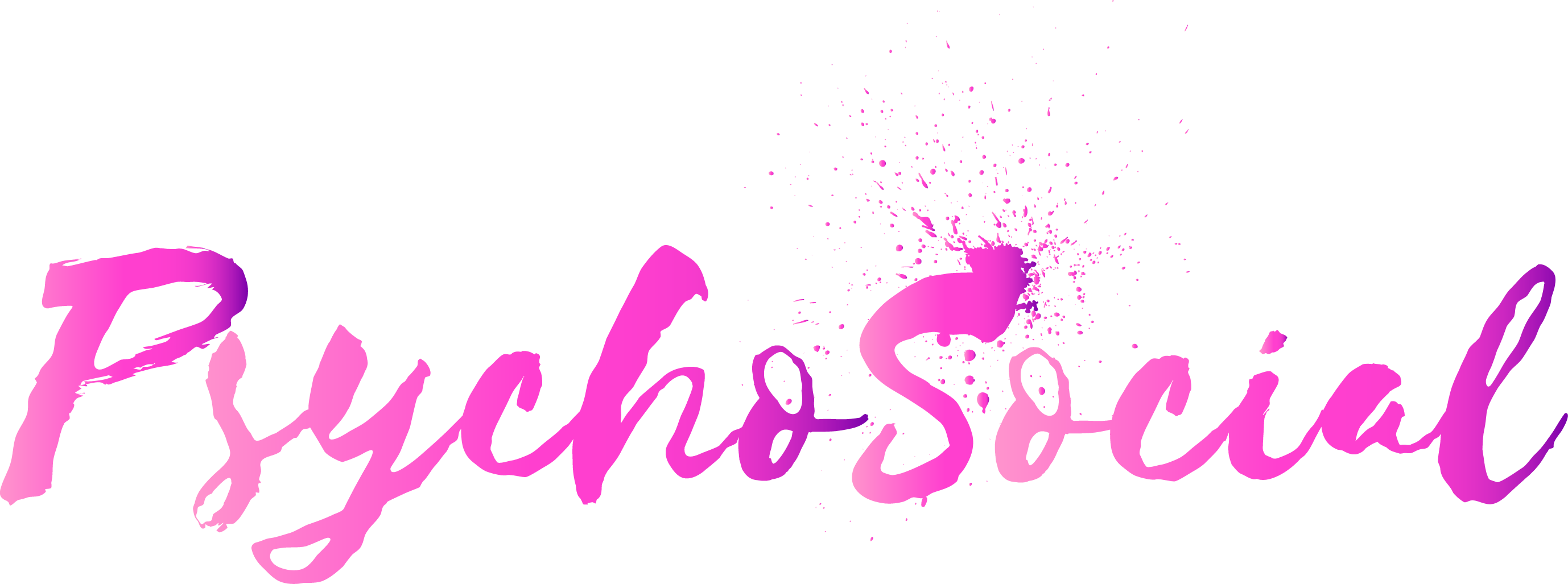The Social Evolution of Crying
From our very first moments of life, we learn to cry. Crying is our first form of communication. It’s how we tell those around us that we need something or that something internal is not right. For young infants crying is a component of survival. As we get older and our spoken language develops, crying is no longer seen as a healthy outlet to cope with stress. We tell children to stop crying and to use their words. We forget that at one-point crying was also a communication tool and instead shift it to something that needs to be stopped and controlled. As adults, the expectation to keep it together is even more prominent. Crying, in many settings tends to make people uncomfortable and is often avoided. When we do cry we often feel shame or embarrassment because for many it can represent a moment of weakness. This is particularly true for men who from an early age and through gender norms are discouraged from crying when they feel sad, angry, or frustrated.
Even in 2018 we still hear things like “men don’t cry” or “men need to be strong”. Sure, it’s an outdated ideology and detrimental in the grand scheme of society, yet it’s still widely accepted. We could (and will) write a whole post on toxic masculinity and its effects on men’s emotional expression, yet as it stands as a culture, we often have a difficult time being responsive to other people’s emotional displays. It’s not because we don’t care, but most of the time we just don’t know how to respond. We grow so divergent from our understanding of the intricate meaning of crying that it can often seem confusing and awkward to respond to.
Imagine a baby crying, what would be your first instinct? More than likely you would be to pick up the baby and try to soothe them. What about with an adult? The answer may be completely different, you might think about walking away, ignoring it, or you might even freeze during the moment. If you are someone who finds discomfort in others crying you might even think about ways of getting them to stop. We respond with phrases like ‘Shh don’t cry, it’s okay’. This response can have conflicting intentions. On the one hand, the individual may be trying to make things better, but at the same time they are inadvertently forcing the individual to push down their natural response and dismissing that person’s experience. The reality is that crying is a natural instinct and biologically serves a variety of purposes.

Three Types of Tears
Overall there are three different types of tears in crying that our body creates. These types of tears include reflex, continuous (also known as basal), and emotional. Reflex tears are triggered by environmental factors such as smoke in the air or small particles of dust. Continuous tears are supported by the tear ducts, to keep your eyes lubricated so they won’t dry out. Finally, we have emotional tears. Emotional tears provide a form of emotional release that allows us to bring our internal mind and physical body to a state of balance. You see the body stores stress on a physical level. It all begins in the cerebrum where sadness is registered. The brain then alerts the endocrine system to release hormones to the ocular area that leads to the creation of tears. It is widely believed that emotional crying is like a valve releasing tension and toxins allowing for excretion of stress hormones. When these stress hormones are released the body is attempting to bring back a normal functioning state. The excretion of this stress allows the body to also release endorphins or feel-good hormones. In many cases, crying will not eliminate the problem but will allow the individual to reduce their stress level and start to feel better, even if it is just for a moment.
Emotional crying is also a universal signal to others that we are in need of support and connection. There are many theories around the social function of emotional crying and why we do it. One of the more prominent theories is that emotional crying functions as a type of social signal to those we are closest to that something is wrong. It is the body’s way of externalizing our internal state in a way that will be noticed and hopefully responded to by others. “Crying signals to yourself and other people that there’s some important problem that is at least temporarily beyond your ability to cope” (http://time.com/4254089/science-crying/). An example of this can be seen in the Disney*Pixar film “Inside Out”, **(warning spoiler) where the main protagonist Riley deals with a complex array of emotions (represented by beautiful character designs) after moving from Minnesota and struggling to assimilate in California. It is only at the end that the main emotion character, Joy, realizes that part of the function of another character, Sadness, is to alert others that Riley is dealing with an internal struggle. This then leads to Riley crying, thus alerting her parents that she is unhappy and struggling with assimilating in her new home.

Tears in Therapy
When it comes to therapy, individuals are welcomed to cry. It is an absolutely appropriate response to complex situations. This is why many mental health professionals promote the idea of vulnerability and emotional release through healthy channels such as crying. As mental health professionals, we are aware that not all people are afforded the safe space needed for such processing and exploration. This is why part of therapy is creating a safe space and secure access for individuals to express their emotions and release these toxins in the body. Crying as we have described it above includes a therapeutic component that gives people the ability to soothe and unbottle the acclimation of stress. I leave you with this quote from Mahogany SilverRain, “My body needs laughter as much as it needs tears. Both are cleansers of stress”. My challenge for you as a reader is to try and stay present with someone when they are showing enough vulnerability to cry in front of you. Being present is one of the best things you can do, and in many cases, requires no words at all.

References
https://www.psychologytoday.com/us/blog/emotional-freedom/201007/the-health-benefits-tears
https://www.npr.org/templates/story/story.php?storyId=129329054
http://time.com/4254089/science-crying/
Cover Photo: Photo by Kat J on Unsplash
Luis Cornejo is an LMFT and the Founder of PsychoSocial. Katherine Dominguez is an ACSW and the Co-Founder of PsychoSocial. Their goal is to bring you mental health content and information.
-
Luis & Katherinehttps://psychosocial.media/author/luiskat/
-
Luis & Katherinehttps://psychosocial.media/author/luiskat/February 24, 2019
-
Luis & Katherinehttps://psychosocial.media/author/luiskat/April 21, 2019




















